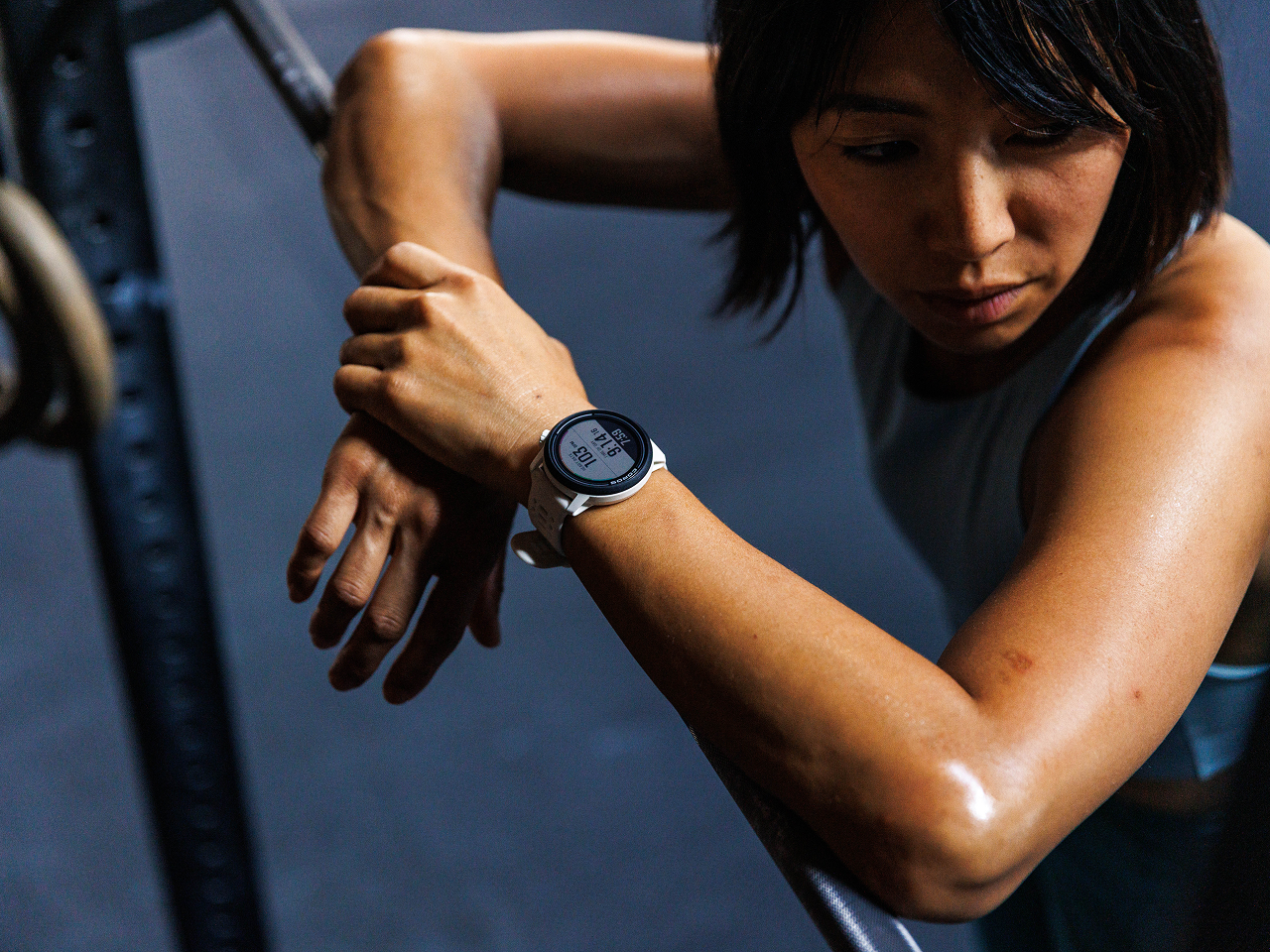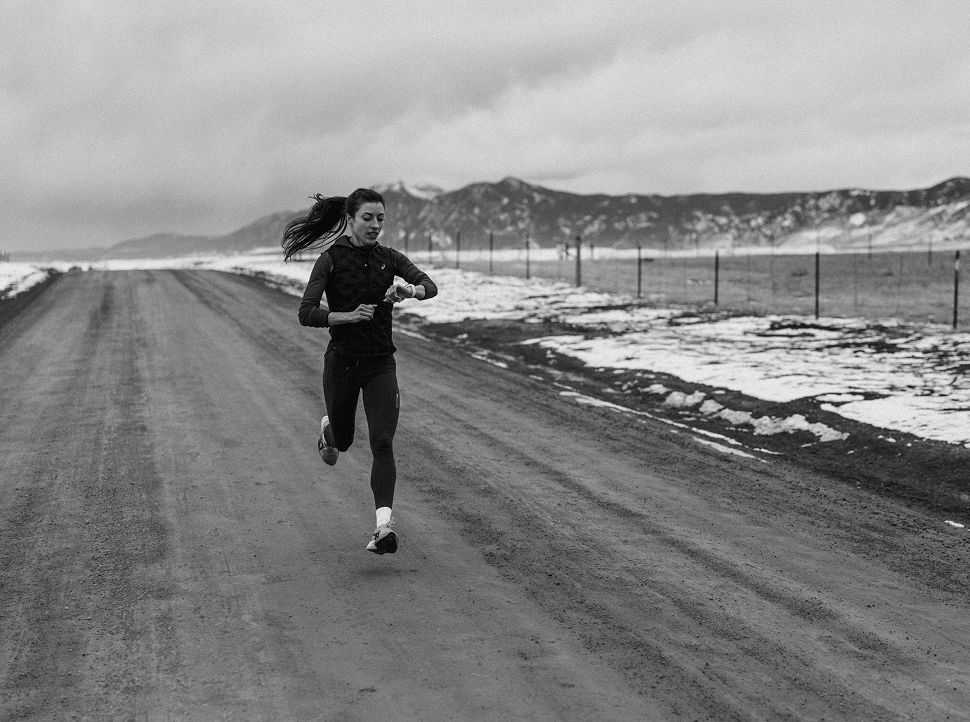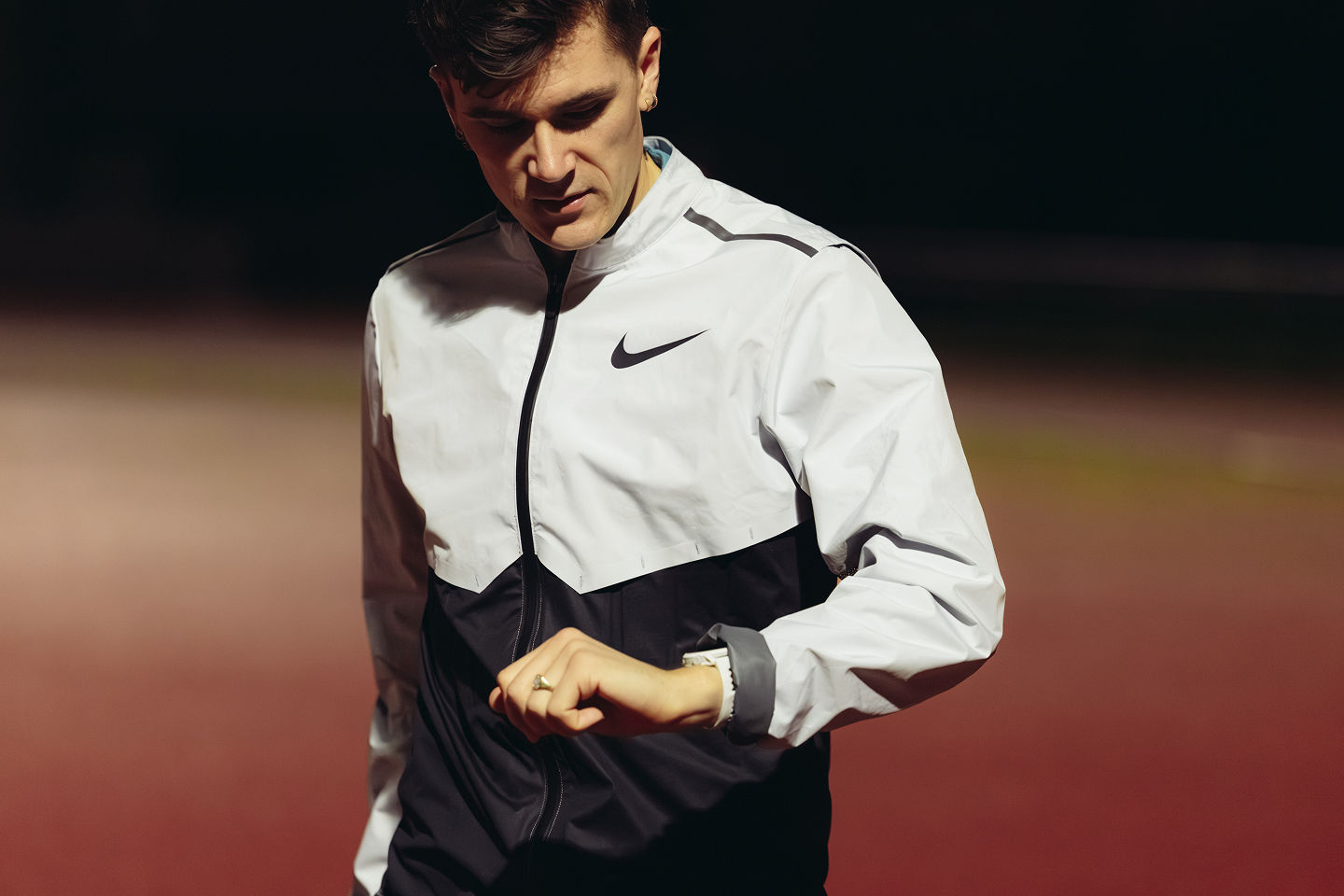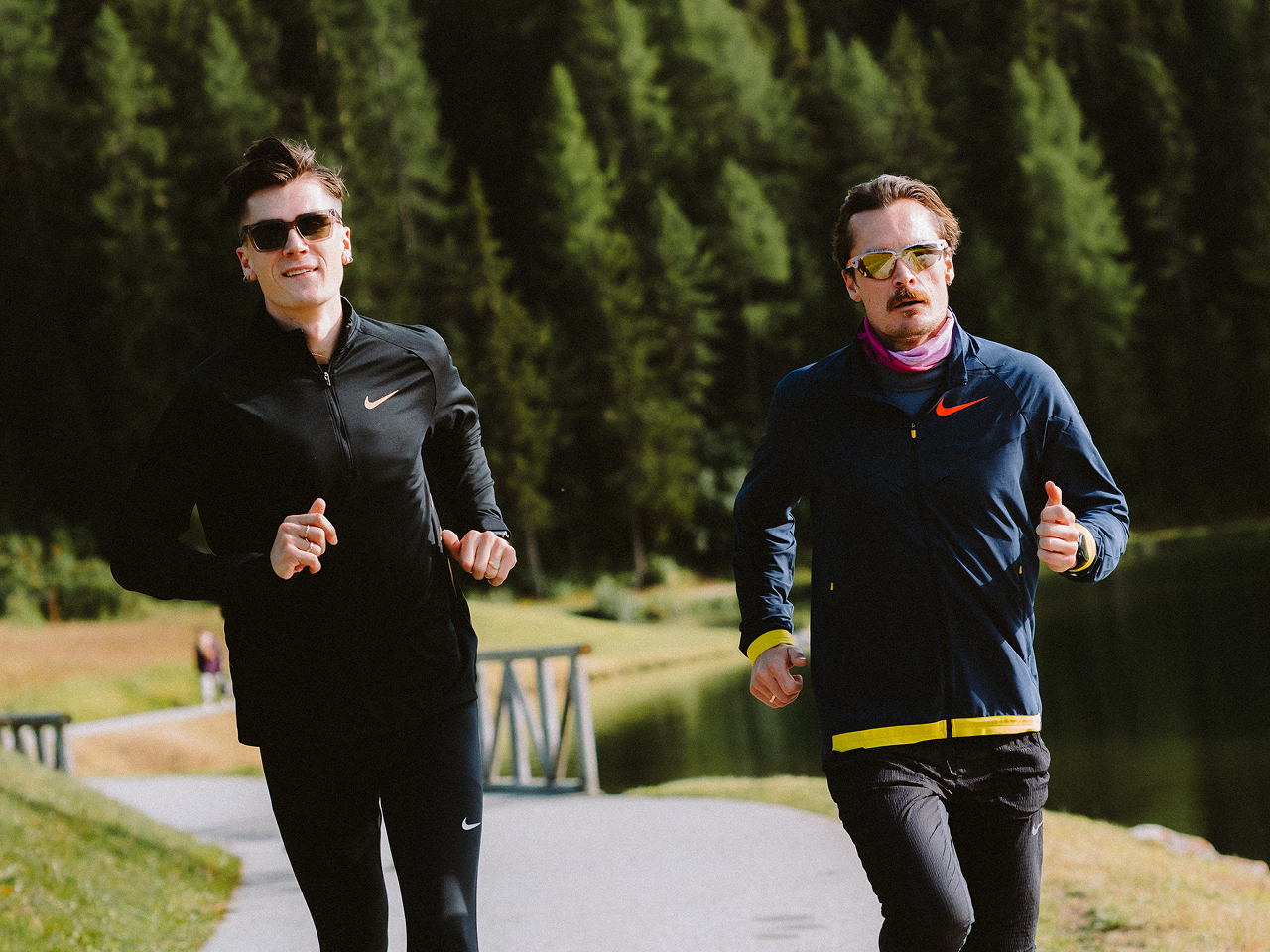What is Cadence?
Cadence or stride rate is how many steps per minute (SPM) you take while running. The ideal cadence number is going to vary from runner to runner, especially when factoring in running style and body mechanics. You will typically see 170-180 steps per minute as a recommendation but it is important to find a cadence that feels natural to your body.

Eluid Kipchoge averages 185 SPM during his marathon performances.
Measuring your current cadence:
- Count the number of steps that you take in one minute while running
- Use a cadence tracker
How to Improve Cadence
There are various ways to work on improving your Cadence:
- Strides: practice 30-second strides at the end of your run by taking quick and short steps.
- Use a metronome or listen to music while running. Listening to the beats per minute (BPM) will help you maintain a consistent cadence. Make sure to gradually increase your BPM over time.
- Your COROS watch has a metronome feature that you can use as you train!
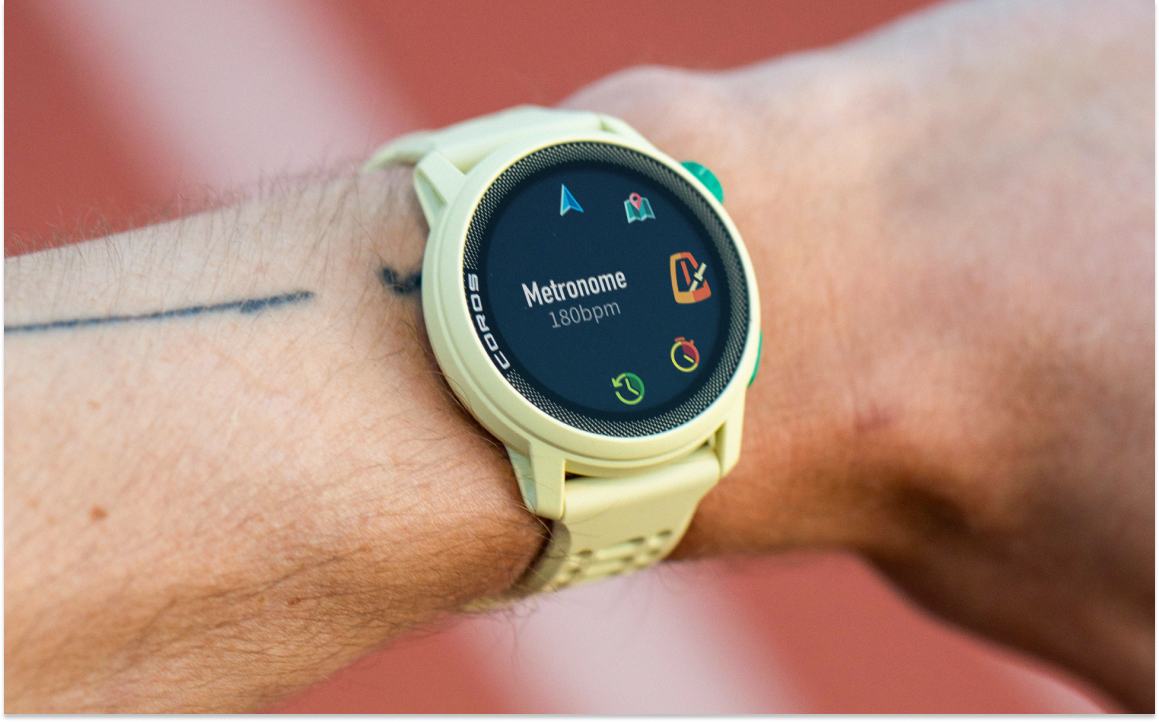
- Strength Training that focuses on the hips, glutes, and core. You can find examples of these in our COROS Verified Workouts library.
- Cadence Drills can be part of your dynamic warm-up or as a stand-alone workout.
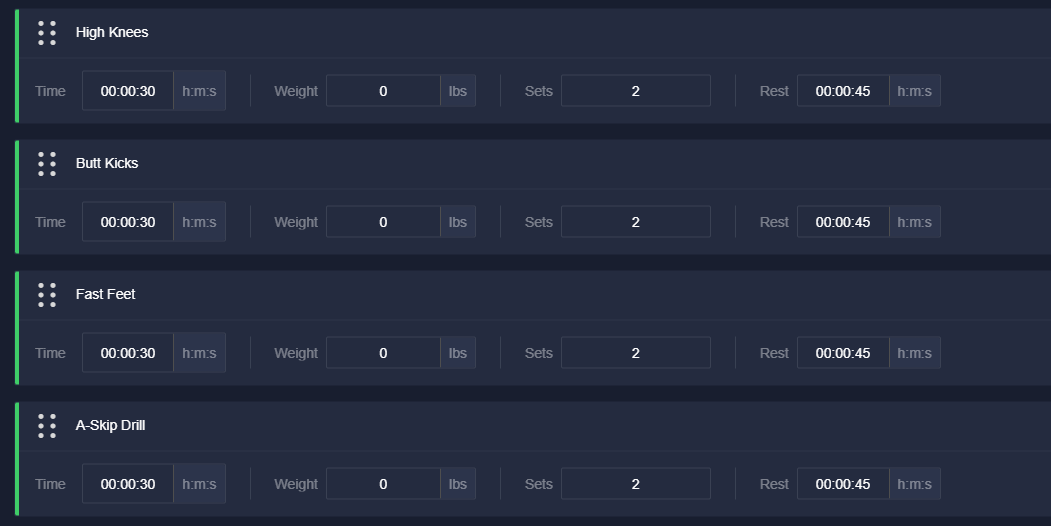
What are the Training Benefits?
- Improved running form: improving your cadence helps your body to have a more upright and natural running posture. Taking shorter and quicker steps helps to ensure that your foot lands under your body so that you are running more efficiently.
- Enhanced endurance: increases your ability to maintain a more consistent pace during longer runs and races.
- Adapt to different terrains: if you are a trail runner, changing your cadence to match the terrain will help you maintain a more even pace, especially on uphills and downhills.
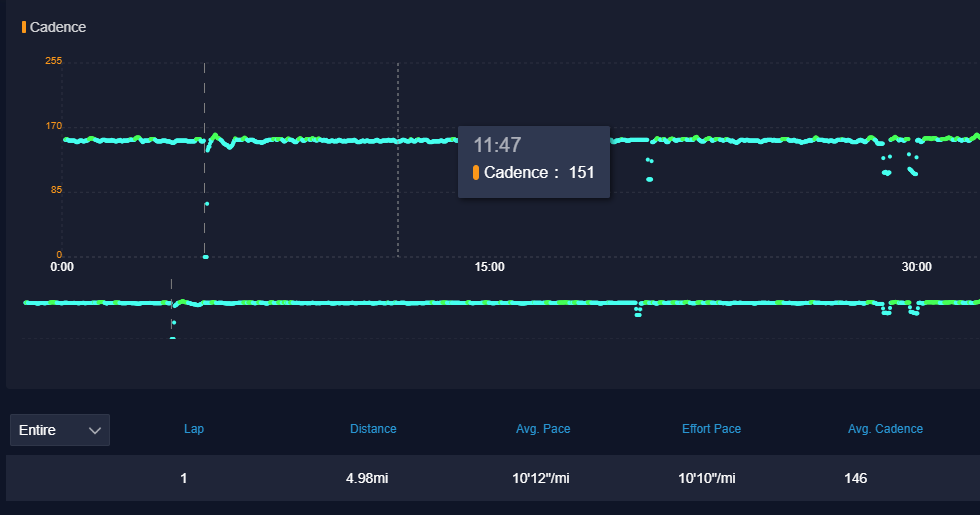
Like with any part of training, you need to be consistent. Focus on increasing your cadence over time by gradually incorporating cadence-focused training.

/filters:quality(90)/fit-in/970x750/coros-web-faq/upload/images/7aac65fd85a63083db3ab5f1f6189587.png)

